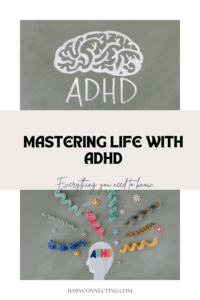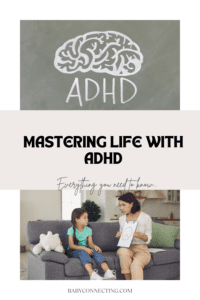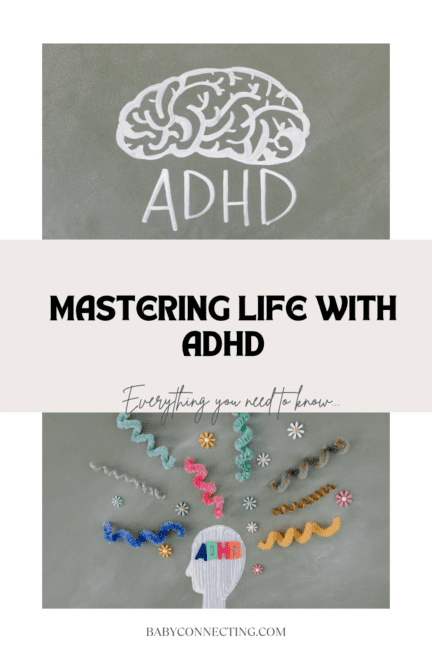Mastering Life with ADHD: Strategies for Daily Success

Living with Attention Deficit Hyperactivity Disorder (ADHD) presents unique challenges, but with the right strategies, it’s possible to navigate daily life successfully. In this guide, we’ll explore practical tips and examples for managing ADHD symptoms in various settings, including school, work, and home.
Understanding ADHD Symptoms:
Before diving into strategies, it’s crucial to understand the core symptoms of ADHD: impulsivity, hyperactivity, and inattention. These symptoms can manifest differently in each individual, but they often interfere with tasks requiring sustained focus, organization, and time management.
1. Organizing Tasks:
Example: Sarah, a college student with ADHD, struggles to keep track of assignments and deadlines. She implements the following strategies:
– Use visual aids: Sarah creates color-coded calendars, sticky notes, or digital apps to visualize tasks and deadlines.
– Break tasks into smaller steps: Instead of tackling a large assignment all at once, Sarah breaks it down into smaller, manageable tasks with clear deadlines.
– Set reminders: Sarah sets alarms or reminders on her phone to prompt her to start tasks or attend appointments on time.
2. Maintaining Focus:
Example: James, a professional with ADHD, finds it challenging to concentrate during meetings or long work sessions. He adopts these strategies:
– Use fidget tools: James discreetly uses fidget toys or stress balls to channel excess energy and maintain focus during meetings or lengthy tasks.

– Take regular breaks: James schedules short breaks during tasks to prevent burnout and maintain mental stamina. He uses these breaks to stretch, walk around, or engage in brief mindfulness exercises.
– Utilize structured environments: James creates a quiet, clutter-free workspace with minimal distractions to optimize focus and productivity.
3. Managing Impulsivity:
Example: Alex, a teenager with ADHD, often acts on impulse without considering the consequences. He implements these strategies:
– Pause and breathe: Before making impulsive decisions or responses, Alex practices taking a moment to pause, take a deep breath, and evaluate the situation calmly.
– Utilize a decision-making journal: Alex keeps a journal where he writes down impulsive thoughts or decisions. Later, he reviews them and reflects on whether they were beneficial or harmful.
– Seek feedback: Alex asks for feedback from trusted friends, family members, or mentors to help him evaluate the potential consequences of impulsive actions before acting on them.
4. Tailoring Strategies to Different Settings:
Example: Emily, a parent with ADHD, faces challenges managing household responsibilities while balancing work and family life. She adapts her strategies accordingly:
– Implement visual cues: Emily uses color-coded chore charts or checklists to involve her children in household tasks. Visual cues help her stay organized and ensure tasks are completed efficiently.
– Establish routines: Emily creates consistent daily routines for herself and her family, including designated times for meals, homework, and bedtime. Predictable routines help minimize chaos and reduce stress.
– Delegate tasks: Emily delegates household responsibilities to family members based on their strengths and interests. By sharing the workload, she prevents feeling overwhelmed and maintains a harmonious household environment.
In conclusion, managing ADHD symptoms in daily life requires a combination of self-awareness, creativity, and persistence. By implementing tailored strategies and seeking support when needed, individuals with ADHD can overcome challenges and thrive in various settings. Remember, progress may be gradual, but every small step towards mastering life with ADHD is a significant achievement.




